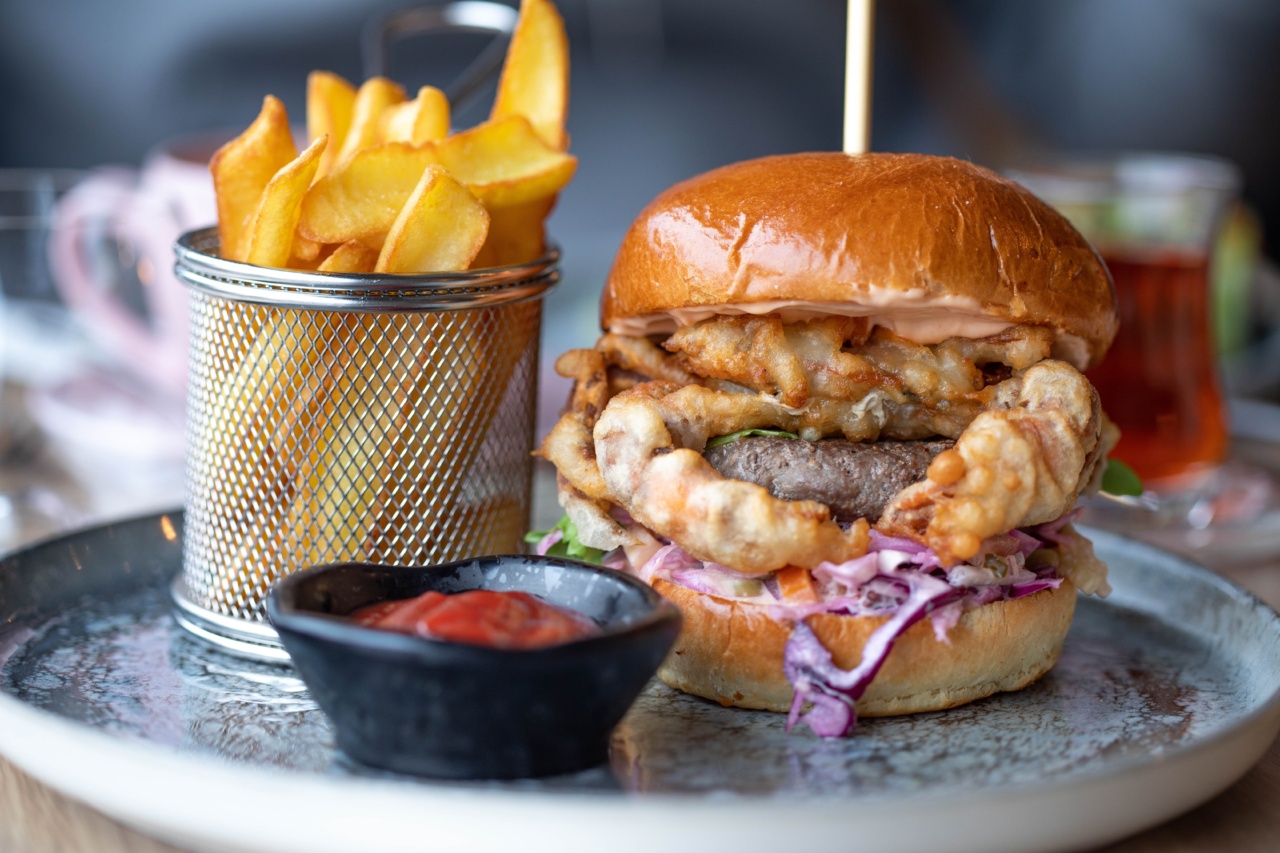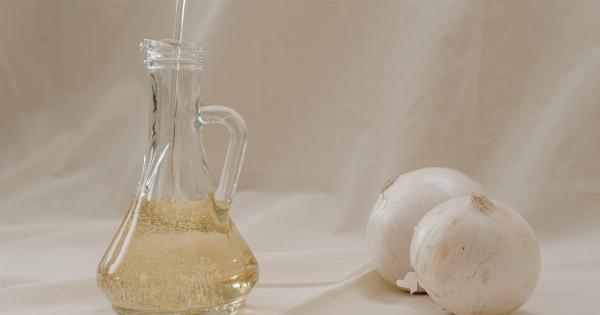When it comes to maintaining a healthy and balanced diet, it’s essential to be aware of the fat content in the foods we consume.
While some fats are necessary for our bodies to function properly, excess fat intake can lead to various health issues. In this article, we will guide you on how to easily spot the fat component of your food, enabling you to make informed decisions about your diet.
Understanding Dietary Fats
Fat is a macronutrient that provides energy and helps with the absorption of certain vitamins in our bodies. There are four main types of fats: saturated fats, trans fats, monounsaturated fats, and polyunsaturated fats.
Reading Food Labels
One of the easiest ways to identify the fat content of a particular food item is by reading its nutrition label. Here are a few key elements to look for:.
1. Total Fat
The total fat section on a food label represents the sum of all types of fat present in the product. It includes both visible and invisible fats.
2. Saturated Fat
Saturated fats are usually solid at room temperature and are commonly found in animal-based products such as meat and dairy. Consuming excessive amounts of saturated fats can raise cholesterol levels and increase the risk of heart disease.
3. Trans Fat
Trans fats are artificially created fats that are commonly found in commercially baked and fried products. They are notorious for their negative impact on heart health and should be avoided as much as possible.
4. Unsaturated Fats
Unsaturated fats can be further divided into monounsaturated and polyunsaturated fats. These healthier fats are often found in plant-based oils, nuts, and seeds. They can benefit heart health when consumed in moderation.
Spotting Hidden Fats
Not all fats are immediately apparent when examining food items. Some fats are hidden and often go unnoticed. Here are some tips on how to identify hidden fats in your food:.
1. Check the Ingredient List
Look out for keywords such as “hydrogenated” or “partially hydrogenated” oils in the ingredient list. These indicate the presence of trans fats, even if the nutrition label claims the product contains zero grams of trans fats.
2. Be Wary of Added Sauces and Condiments
Sauces and condiments, such as salad dressings and mayonnaise, can significantly contribute to the fat content of a meal. Opt for light or low-fat versions or consider making your own healthier alternatives at home.
3. Beware of Processed Foods
Processed foods, such as frozen meals and snacks, often contain high amounts of unhealthy fats. Try to limit your consumption of these items and opt for whole, unprocessed foods whenever possible.
4. Mind Your Cooking Methods
The way we cook our food also affects its fat content. Deep-frying or pan-frying foods can increase their fat content, while baking, grilling, or steaming are healthier alternatives that help retain nutrients without excessive fat intake.
Healthy Fat Alternatives
While it’s important to reduce your intake of unhealthy fats, it’s equally crucial to incorporate healthier fat alternatives into your diet. Here are a few suggestions:.
1. Avocado
Avocados are a great source of monounsaturated fats and can be used as a healthier alternative to butter or mayonnaise. Mash it up and spread it on toast or use it as a sandwich filling.
2. Olive Oil
Replace unhealthy cooking oils with olive oil, which is rich in monounsaturated fats. Use it as a salad dressing or for light sautéing.
3. Fatty Fish
Fatty fish such as salmon, mackerel, and trout are excellent sources of omega-3 fatty acids, which are beneficial for heart health. Include them in your diet a couple of times a week.
4. Nuts and Seeds
Snack on a handful of nuts or incorporate them into your meals for a dose of healthy fats. Almonds, walnuts, chia seeds, and flaxseeds are all great choices.
Conclusion
Being aware of the fat content of the foods we consume enables us to make healthier choices for our overall well-being.
By understanding how to easily spot the fat component of your food, you can take control of your diet and reduce your risk of health problems associated with excessive fat intake.


























